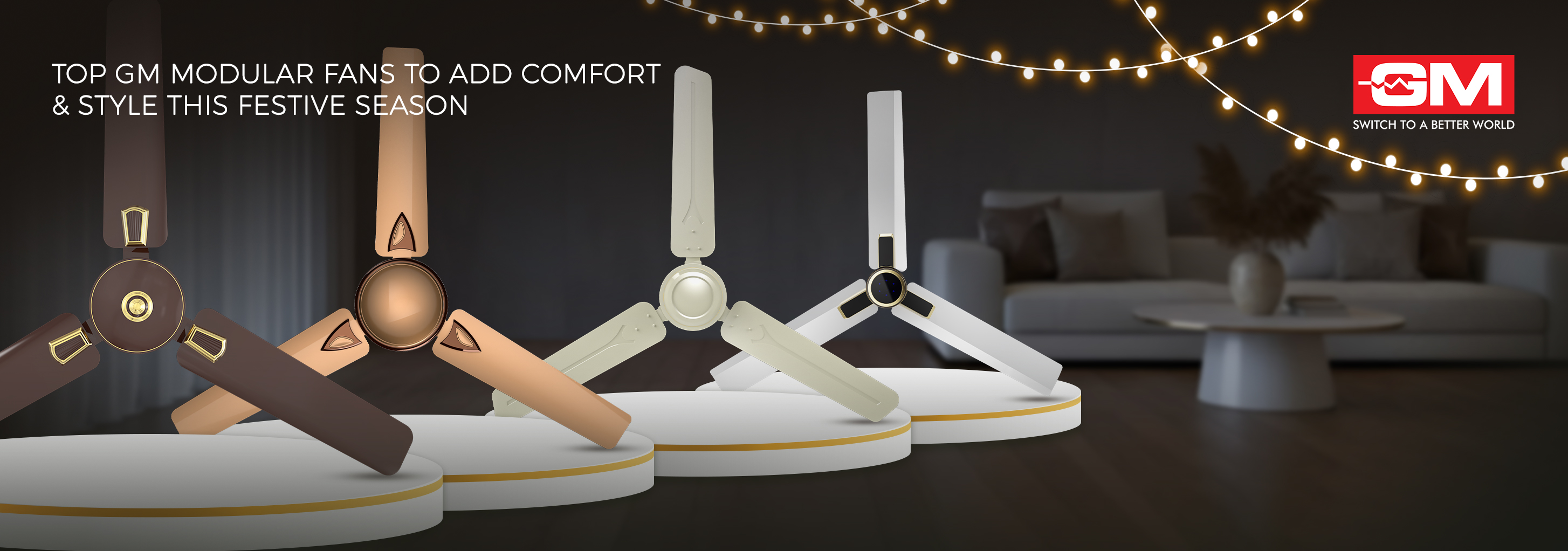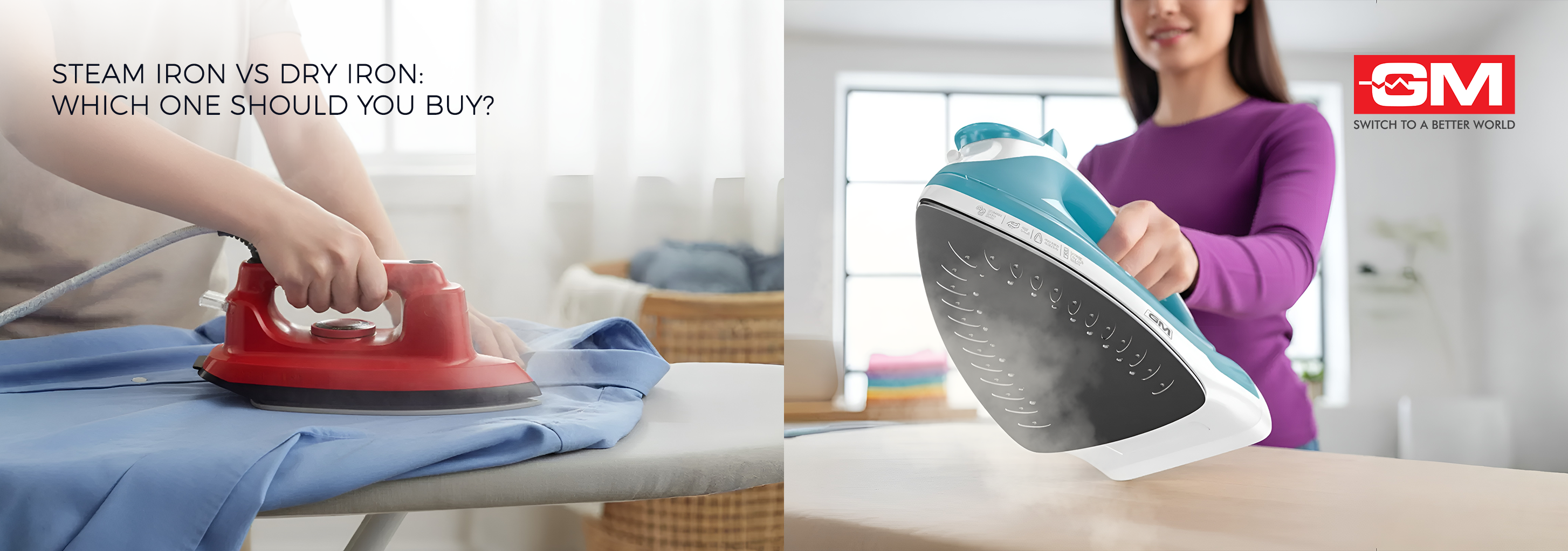Blog
Types of LED Lights You Should Know Before Buying
Updated on Nov 2025

Lighting has come a long way from the days of bulky bulbs and high electricity bills. Today, LED lights have transformed how we illuminate our homes, offices, and outdoor spaces, combining energy efficiency, style, and longevity in one smart package. From the soft ambient glow of an LED filament bulb to the crisp brightness of a COB LED, or the vibrant hues of RGB LEDs, there’s a type of LED designed for every mood and purpose.
But here’s the thing, not all LED lights are the same. Each type of LED light comes with its unique structure, brightness level, and use case. Some are meant for focused task lighting, others for decorative accents, and a few for high-performance outdoor illumination. So, before you make your next lighting purchase, it’s worth understanding the different LED types and how they fit into your lighting plan.
Let’s understand the most common types of LED lights you should know before buying, and how they are different from each other.
Type of LED Lights
1. Standard LED Bulbs – The Everyday Essential
Standard LED bulbs are the most common and versatile lights you’ll find in every household. They’re designed to replace traditional incandescent and CFL bulbs but use only a fraction of the power.
These bulbs provide consistent brightness, are available in warm or cool tones, and have a long lifespan, usually over 15,000 hours. From lighting up a bedroom to the kitchen or hallway, standard LEDs are reliable and energy-efficient.
They also come in various shapes and bases, making them compatible with most fixtures. It’s no wonder they’ve become the default lighting choice for modern homes.
2. LED Battens – The Sleek Tube Light Upgrade
If you grew up with old fluorescent tube lights, you’ll love LED battens lights. They’re modern, efficient, and provide uniform brightness across larger areas.
Unlike tube lights that take a few seconds to flicker on, LED battens offer instant illumination. They’re also mercury-free and consume less power while providing better luminosity. Perfect for living rooms, offices, kitchens, and study areas, LED battens combine practicality with elegance. Their slim design complements modern interiors, and the light they emit is clean and glare-free, ideal for spaces where visual comfort matters.
3. COB LED – Compact but Powerful
COB stands for Chip on Board, a newer LED type known for its high brightness in a compact form. These lights have multiple LED chips packed together to form one intense light source.
The beauty of COB LEDs lies in their efficiency; they provide powerful, even lighting without visible individual diodes. They’re commonly used in downlights, track lights, and spotlights, making them perfect for accent lighting or highlighting décor pieces. If you’re designing a modern space or retail setup, COB LEDs offer that premium, professional finish without drawing too much power.
4. SMD LED – The Versatile All-Rounder
Surface-mounted Device (SMD) LEDs are among the most widely used variants today. These LEDs are mounted directly onto circuit boards, allowing for compact and flexible designs.
You’ll find them in LED strips, bulbs, and panel lights, basically everywhere. They’re known for high brightness, energy efficiency, and wide-angle illumination.
SMD LEDs are ideal for ambient lighting or areas where you need consistent, diffused light. They also come in multi-color options, making them a popular choice for creative home décor or festive lighting.
5. Miniature LEDs – Small But Mighty
The tiny lights on your electronic gadgets or remote controls are miniature LEDs. Despite their size, they’re powerful enough for indicators, small decorative pieces, and even automotive dashboards.
Miniature LEDs consume very little power, generate minimal heat, and can fit into tight spaces. They’re not meant for room lighting, but they play an important supporting role in design and functionality. If you love DIY projects or customized décor, these small LEDs can add subtle brilliance to creative lighting setups.
6. RGB LED – Lights That Change Your Mood
If you want lighting that adapts to your vibe, RGB LEDs are your best friends. Standing for Red, Green, and Blue, these LEDs can mix colours to create almost any shade imaginable.
From hosting a party to gaming late into the night, or creating a cozy movie setup, RGB LEDs let you change the ambiance with a remote or app control.
They’re often used in LED strips, smart bulbs, and decorative fixtures. Beyond the fun, they’re also energy-efficient and long-lasting. RGB LEDs prove that lighting can be both functional and expressive.
7. LED Filament Bulbs – A Vintage Touch with Modern Tech
LED filament bulbs are the perfect blend of retro design and modern efficiency. They mimic the look of old-school incandescent bulbs with visible glowing filaments, but inside, they use advanced LED technology.
These bulbs are ideal for decorative lighting, cafés, living rooms, or dining areas where you want a warm, inviting glow. The filaments provide a soft golden hue that instantly elevates the mood of any space.
They’re also incredibly energy-efficient compared to traditional bulbs while giving you that timeless, cozy aesthetic.
8. Flashing LEDs – For Signs and Indicators
Used mostly in signage, indicators, and emergency systems, flashing LEDs are designed to blink at regular intervals. They’re not meant for room lighting but serve essential roles in signaling and safety applications.
You’ll find them in car dashboards, warning lights, and decorative string lights. Their long life and low power draw make them practical for continuous use. While not glamorous, these LEDs are proof of how versatile light-emitting diodes have become, helping not just to light spaces, but to communicate information.
9. Organic LEDs (OLEDs) – The Future of Lighting
When it comes to innovation, Organic LEDs, or OLEDs, are redefining the lighting industry. Unlike traditional LEDs that use semiconductors, OLEDs use organic carbon-based materials that emit light when electricity passes through them.
They’re thin, flexible, and can be made transparent, making them perfect for futuristic lighting panels, TVs, and displays. In-home lighting, OLEDs provide soft, glare-free light that mimics natural sunlight, ideal for wellness-focused interiors.
Though they’re still more expensive, OLEDs represent the next evolution in energy-efficient and design-friendly lighting.
10. Smart LEDs – Control at Your Fingertips
Smart LED lights are revolutionizing modern living. These lights can be controlled via smartphone apps, voice assistants, or even motion sensors. You can dim them, schedule on/off timings, and change colorscolours, all without touching a switch. Some even adjust brightness automatically based on ambient light levels. Smart LEDs are available in various formats like bulbs, panels, and strips, making them versatile for every corner of your home. They not only save energy but also make lighting deeply personal and interactive.
Curious about how LED lights produce energy-efficient illumination? Check out our blog on How Do LED Lights Work
Choosing the Right LED Light for Your Needs
Now that you know the different types of LED lights, how do you decide which one fits your needs?
-
For general home use: Go for standard LED bulbs or LED battens.
-
For decorative purposes: Choose filament LEDs or RGB LEDs.
-
For task or accent lighting: Opt for COB LEDs or SMD LEDs.
-
For high-tech or minimal spaces: Try OLEDs or smart LEDs.
Always check wattage, lumens (brightness), and color temperature before purchasing. Warm white suits living areas, while cool white works better for kitchens and workspaces.
Lighting up the future with the right LED by your side.
The world of LED lighting has grown far beyond simple bulbs. From miniature LEDs to smart lighting systems, there’s an LED for every mood, space, and purpose. Knowing these types of LED lights helps you make smarter decisions that save energy, enhance aesthetics, and improve comfort. Whether you want to brighten a cozy room or transform your entire home’s ambiance, there’s an LED technology out there waiting to do it brilliantly.
Also Read: Top 7 Benefits of Switching to LED Lighting
Frequently Asked Questions
Q. What are the most common types of LED lights used at home?
Standard LED bulbs and LED battens are most commonly used for home lighting because they’re efficient, affordable, and provide uniform brightness.
Q. Are COB and SMD LEDs the same?
No, COB LEDs offer a single, powerful light source ideal for focused lighting, while SMD LEDs use multiple chips and are better for broader, ambient lighting.
Q. What is the lifespan of LED lights?
Most LED lights last between 15,000 to 50,000 hours, depending on quality and usage. That’s nearly 10 times longer than CFL or incandescent lights.
Q. Are LED lights safe for the eyes?
Yes, but choose LEDs with a warm colorcolour temperature and low flicker rate. Excessively bright or cool-toned lights can strain the eyes over time.
Related Blogs

Ultimate Guide to Buying the Right Immersion Rod for Your Home
When it comes to quick, affordable, and efficient water heating, few appliances can match the simplicity and effectiveness of an immersion rod. From a chilly winter morning to a last-minute need for warm water, this compact device is one of the most
Read More
Top GM Modular Fans to Add Comfort & Style This Festive Season
A festive season is more than lights and decorations; it's about creating a warm, welcoming space. As families gather, meals linger, and laughter fills rooms, comfort becomes just as important as looks. Amid all the décor decisions, one o
Read More
Different Coaxial Cable Types and Their Uses Explained
Coaxial cables play a silent yet crucial role in ensuring seamless data transmission across homes, offices, and industries in times when high-speed communication is at the core of connectivity. From the television delivering crisp HD signals to your
Read More
Steam Iron vs Dry Iron: Which One Should You Buy?
Personality speaks for you when in pubic, and appearances, specifically, speak volumes. It is not a secret that well-ironed clothes have become a symbol of confidence and neatness. From a crisp shirt for an important meeting or a smooth saree for a f
Read More